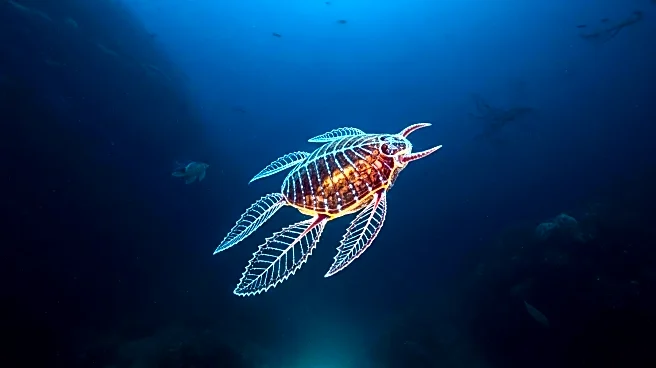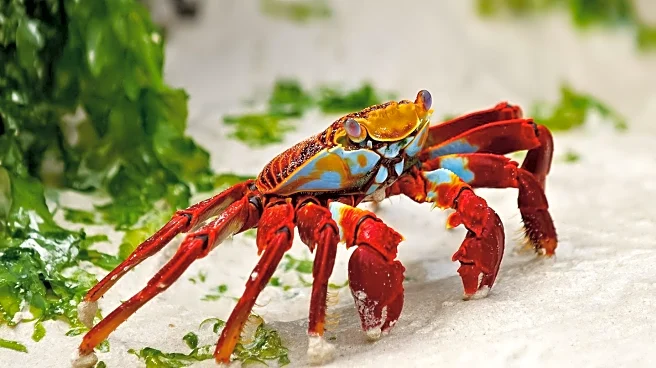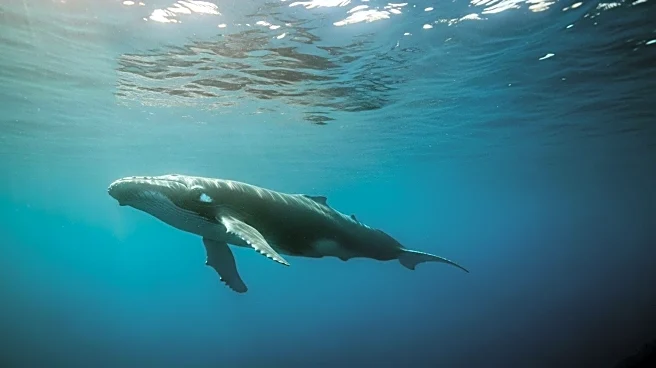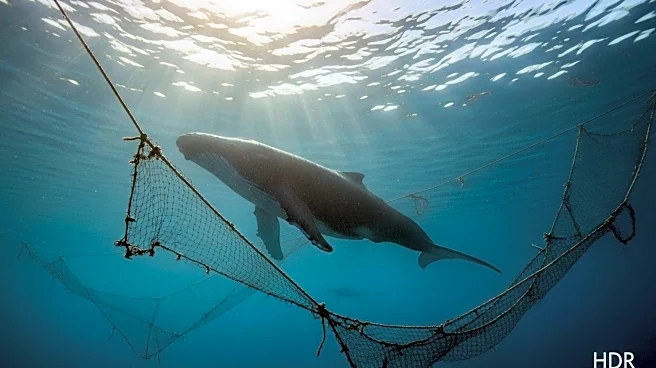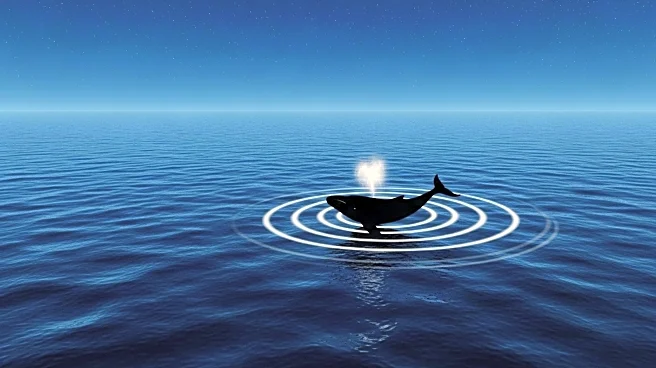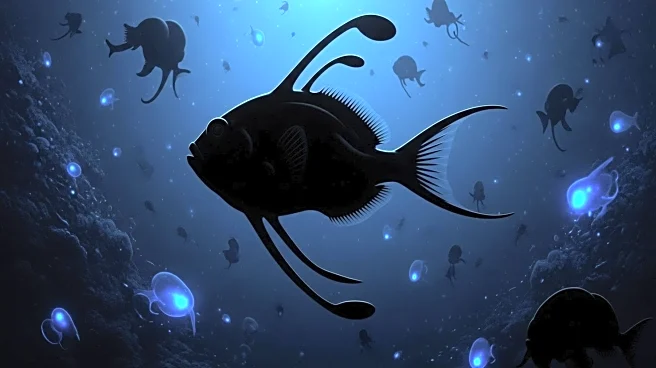What is the story about?
What's Happening?
A new species of mollusk, Bathylepeta wadatsumi, has been discovered at a depth of 19,430 feet southeast of Tokyo. This limpet, with a bluish shell, expands the known diversity of true limpets, which typically inhabit shallow tide pools. The discovery was made using a crewed submersible, highlighting the importance of direct observation in deep-sea exploration. The mollusk's unique features, including its shell and feeding habits, provide insights into the adaptations required for survival in the abyssal plain.
Why It's Important?
The discovery of Bathylepeta wadatsumi underscores the ecological significance of rocky outcrops in the deep ocean, which host distinct communities often missed by traditional sampling methods. This finding suggests that more species may inhabit these hard surfaces, prompting a reevaluation of deep-sea biodiversity. Understanding these ecosystems is crucial for conservation efforts and for advancing our knowledge of marine life adaptations to extreme environments.
What's Next?
Further exploration of similar rocky habitats could reveal additional species, enhancing our understanding of deep-sea biodiversity. Researchers will continue to study the genetic and anatomical characteristics of Bathylepeta wadatsumi to refine its classification and explore its evolutionary history. This ongoing research may lead to new discoveries about the distribution and ecological roles of deep-sea mollusks.
Beyond the Headlines
The discovery highlights the role of advanced technology, such as submersibles, in uncovering hidden biodiversity. It also raises questions about the impact of human activities on these fragile ecosystems and the need for sustainable exploration practices. The study of Bathylepeta wadatsumi contributes to a broader understanding of life in extreme environments, which can inform conservation strategies and scientific research.
AI Generated Content
Do you find this article useful?
